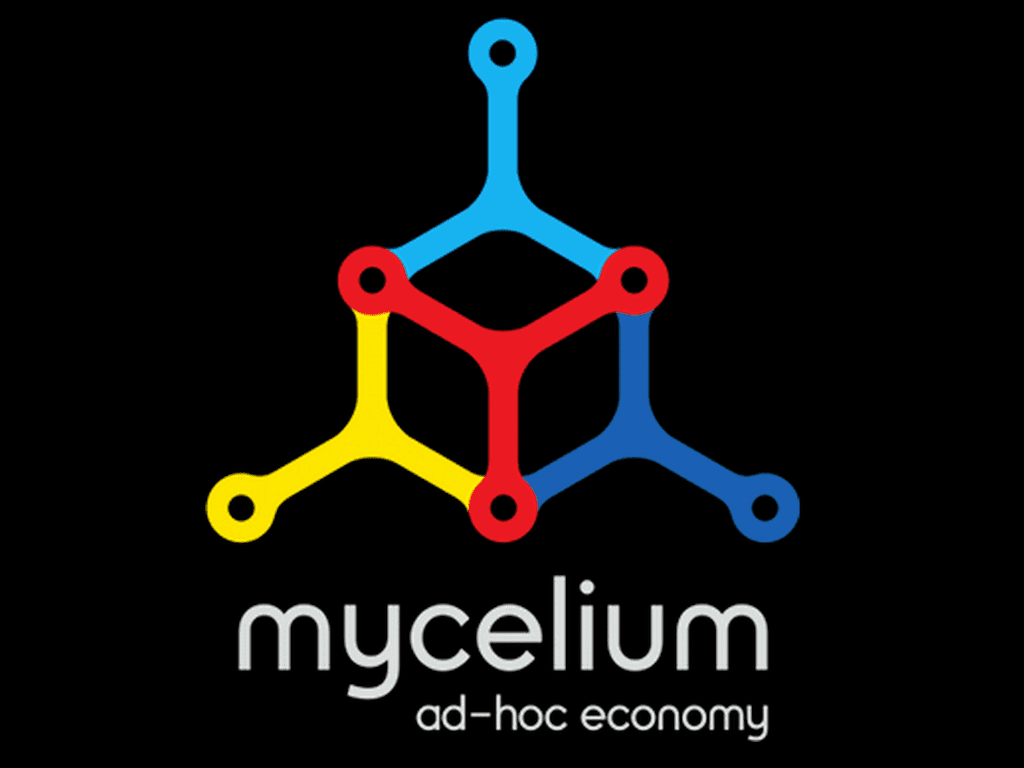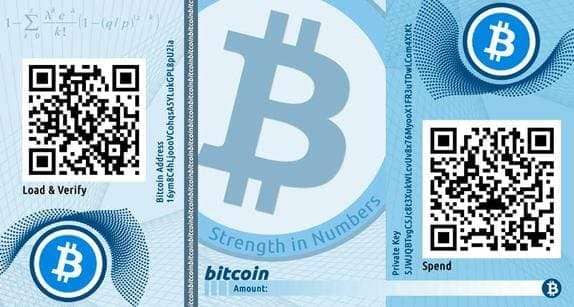Open Banking, Open Data, and Open Finance: Lessons from the European Union Open Banking
Crypto com Tax The Best Free Crypto Tax & Bitcoin Tax Calculator
7 de junho de 2021Open Banking, Open Data, and Open Finance: Lessons from the European Union Open Banking
Content
- Fair By Design responds to the HM Treasury’s regulation of Buy Now Pay Later consultation
- What is PSD2 compliance, and what is its role in Open Banking vs. Open Finance?
- Results from the 2022 OECD survey on data sharing frameworks
- The Ultimate Checklist for Improving Digital Customer Engagement in the Banking Industry
- The transition to open finance and the future of fintech
- Nordea Open Banking
- Understanding Open Banking
Regulators, policymakers and innovators across the world are exploring how to provide consumers and businesses with full control over all their financial data, underpinned by regulation and enabled by technology. Open Banking has been a driving factor in the transition to a primarily digital economy, with consumer demand driven by the clear benefits of individually tailored products and services and making their data work for them. Industry, policymakers and regulators are already talking about consumer powered data sharing in other sectors of the economy. With APAC’s largest population of underbanked people, India is one of the region’s greatest Open Banking opportunities.

Open finance, i.e. the access to information regarding your investment assets, pensions, and other types of financial services, is not covered by any financial regulations. The European Commission and the UK’s Financial Conduct Authority are both investigating if there’s a need to regulate open finance. The goal is to promote greater financial health through competition and market innovation. For example, open banking enabled account-to-account payments that allow direct money transfers between customers and businesses while eliminating unnecessary intermediaries. In doing so, payment costs and settlement times were significantly reduced.
Fair By Design responds to the HM Treasury’s regulation of Buy Now Pay Later consultation
The benefits for consumers promise to be as outlined above, but across a greater number of products. For businesses, Open Finance could lead to increased demand for their products and services, and encourage innovation to meet this demand. Open Banking is the ability to share your financial data with authorised companies other than your bank – known as Third Party Providers or ‘TPPs’. You give permission to connect your bank account to TPPs, and share information like spending habits, regular payments, and companies you use.
- For example, open banking enabled account-to-account payments that allow direct money transfers between customers and businesses while eliminating unnecessary intermediaries.
- Open APIs are libraries that state what kind of customer data banks are ready to share.
- The most widely identified benefit of open finance this year is that it gives consumers access to a greater range of financial services.
- Under open banking, banks allow access and control of customers personal and financial data to third-party service providers, which are typically tech startups and online financial service vendors.
- Open Banking forms Open Finance, which can stimulate the development of an entirely new digital finance ecosystem, the Open Data Economy.
- Open Banking describes a practice of financial institutions sharing data with regulated third-party service providers via secure APIs.
Either way, they will continue to make the next generation of consumer fintech apps and services more powerful and easier to use. It’s typically something that benefits the consumer that they wouldn’t receive without sharing that data. In the U.S., what’s commonly referred to as open banking encompasses where the E.U. Oleksandr Nikolaienko has 20 years of overall IT experience, 15 years of which he dedicated to project management and business analysis. He contributed to the development and delivery of financial software, risk management solutions, internet and mobile banking solutions.
What is PSD2 compliance, and what is its role in Open Banking vs. Open Finance?
CFPB recently announced it will use a 2010 legal authority to supervise non-bank companies that “pose risk” to consumers in an effort to “level the playing field” between banks and nonbanks. Supervisory determinations will likely focus on individual neobanks, ‘Buy Now, Pay Later’ companies, ‘super-apps’, and big tech. Movers – Markets with significant momentum behind a shift to API driven data sharing wither regulatory or market driven.
Some societies use Oxford Academic personal accounts to provide access to their members. It’s about culture, it’s about education and we are getting there, but we still have a long distance to cover. It’s only a matter of time, so it’s best to start thinking about what this means for your business – and how you can position yourself to capitalise on these opportunities. We collaborate with regulators, government, businesses, and the social justice sector, to design out the poverty premium.

The index methodology is based on tracking market progress against 4 main pillars. Planners – Markets with progressed regulatory structures and very early stage ecosystems. Leaders – Markets where mature ecosystems were driving diverse use-cases and significant consumer uptake. Data from our survey allowed us to understand the market posture of the countries we analysed. Markets with similar characteristics were grouped together to create 4 key groups. For full access to this pdf, sign in to an existing account, or purchase an annual subscription.
Results from the 2022 OECD survey on data sharing frameworks
In Europe, open banking came into law as part of the Revised Payment Services Directive . Under PSD2, financial institutions in EU member states must allow regulated companies — known as third party providers — to access a customer’s account data and initiate payments if the customer provides their consent. Based on what we’ve seen Open Banking achieve so far, I foresee a future where Open Finance will transform an abundance of products and services across financial services and beyond. Customers will share their financial data — no matter where it comes from — with third parties through APIs and get access to new value-adding products and services tailored to their specific needs. By sharing information with approved entities in a secure, standardized format, banks boost transparency and provide new product opportunities.
Through Open Finance, consumers will gain access to more insights about their financial standing. Having all the different services and their overview in one place will allow consumers to make informed financial decisions. Most likely, all this information will be available in a single application and consumers will no longer need to contact their financial advisor or accountant to get structured feedback on their financial stand. More innovations and competition — we can already see how opening data that was long kept private can increase competition and drive innovation. Open Banking has boosted the development of fintech companies and brought a number of new services to the financial market. Open Banking in Europe is limited to providing Account Information Service and Payment Initiation Service .
The Ultimate Checklist for Improving Digital Customer Engagement in the Banking Industry
Hile it benefits customers, it is not the ‘be-all and end-all’ of Open Banking. What’s more, not all functionalities are covered by the European regulation, especially as operational complexities increase within the commercial banking space. As more and more financial institutions adopt Open Banking practices, it’s crucial that they continue to innovate in order to stay ahead and stand out from the competition. It’s important to understand that the consumer is the center of any open banking or open finance system. Consumer demand for products and innovations fueled by their own financial data is what drives open finance. One needs to simply look at what the consumer is accessing today via current credential-based access to guide what could—and/or should—be offered via open finance application programming interfaces, or APIs.
Open banking is a relatively new concept in the field of financial technologies. It was adopted after 2015 when the European Parliament issued aPSD2directive that facilitated safer and more innovative payments. However, there were already27.4 million usersof this service https://xcritical.com/ in 2020, and their number is projected to reach132.2 millionby 2024. Customer security was added as a priority to PSD2 and the UK Open Banking standards for this reason. And only regulated firms are permitted to access customer data and to initiate payments.
Through Open Banking, banking data that would otherwise be stuck with your bank can be shared with other financial providers – essentially, it enables the secure exchange of your banking data. With open banking, bi-directional connectivity between financial institutions and trusted third parties has been enabled. First, it requires banks to give third-party developers access to their customers’ account data. Second, it enables customers to authorize third parties granted this access (called “payment initiation service providers”) to initiate payments on their behalf.

Even then, these rules typically only address current accounts, but most consumers’ financial profiles and histories are much more complex than a single account. As such, the FinTech community and consumer groups should be encouraged to put pressure on the Government and Regulators to legislate in this space. For customers, the benefits of having the ability to use aggregation services to look at, not only their payment accounts, but also their savings, insurers, investments, credit companies, mortgages and business lenders would be invaluable. And, for FinTechs the opportunity to innovate to create products that can facilitate this is really exciting.
The transition to open finance and the future of fintech
Under open banking, banks allow access and control of customers personal and financial data to third-party service providers, which are typically tech startups and online financial service vendors. Customers are normally required to grant some kind of consent to let the bank allow such access, such as checking a box on a terms-of-service screen in an online app. Third-party providers APIs can then use the customer’s shared data (and data about the customer’s financial counterparties). Before banks offered open banking, the closest thing available were aggregation sites like Mint or Personal Capital that combine users’ account information from all their financial institutions so they can see it in one place. Such services accomplish this by requiring users to hand over their usernames and passwords for each account, then scraping the data off the screens of those accounts. This practice has security risks and the results of screen scraping are not always entirely accurate, making it difficult at times for users to identify transactions.
Nordea Open Banking
In turn, that data can be used to create more personalised and intuitive financial products. Years after Open Banking has entered the financial landscape, we can see what benefits it brought to financial institutions, companies and individuals. Sharing various banking data via secure APIs with consumer consent has opened the doors to innovations, created a better customer experience and helped companies save on payment costs. Consumers are adding more digital services to their lives—a trend the COVID-19 pandemic has accelerated. Not only are consumers adding more digital services, more and more consumers are relying on these digital services to access their financial information.
Existing software systems must be expanded to integrate finance into the customer journey. In a country with historically high informality rates, it is naïve to think that the most global view of Brazilians’ financial activities is restricted only to financial institutions. In fact, discussions about its future are already underway in Europe and the UK. The European Commission has just wrapped up a public consultation on open finance.
Open finance platform Belvo launches payment initiation solution in Brazil [improving conversion rates by simplifying UX]…
By allowing access to transaction data, it becomes simpler to provide the market with improved capabilities and experiences. Through the use of networked accounts, open banking could help lenders get a more accurate picture of a consumer’s financial situation and risk level in order to offer more profitable loan terms. It could also help consumers get a open finance vs open banking more accurate picture of their own finances before taking on debt. Another app might help visually impaired customers better understand their finances through voice commands. Open banking can also help small businesses save time through online accounting and help fraud detection companies better monitor customer accounts and identify problems sooner.
Embedded finance enables opportunities for innovation within multiple touchpoints of the customer journey, leading to enhanced user experiences. Relationship banking is a strategy used by banks to strengthen customer loyalty and provide a single point of service for a suite of products and services. Open banking will force large, established banks to be more competitive with smaller and newer banks, ideally resulting in lower costs, better technology, and better customer service. Established banks will have to do things in new ways that they are not currently set up to handle and spend money to adopt new technology.
However, banks can take advantage of this new technology to strengthen customer relationships and customer retention by better helping customers to manage their finances instead of simply facilitating transactions. Open banking is the system of allowing access and control of consumer banking and financial accounts through third-party applications. Although Open Finance is an interesting framework, full of opportunities, there are several different challenges to consider for its implementation.
